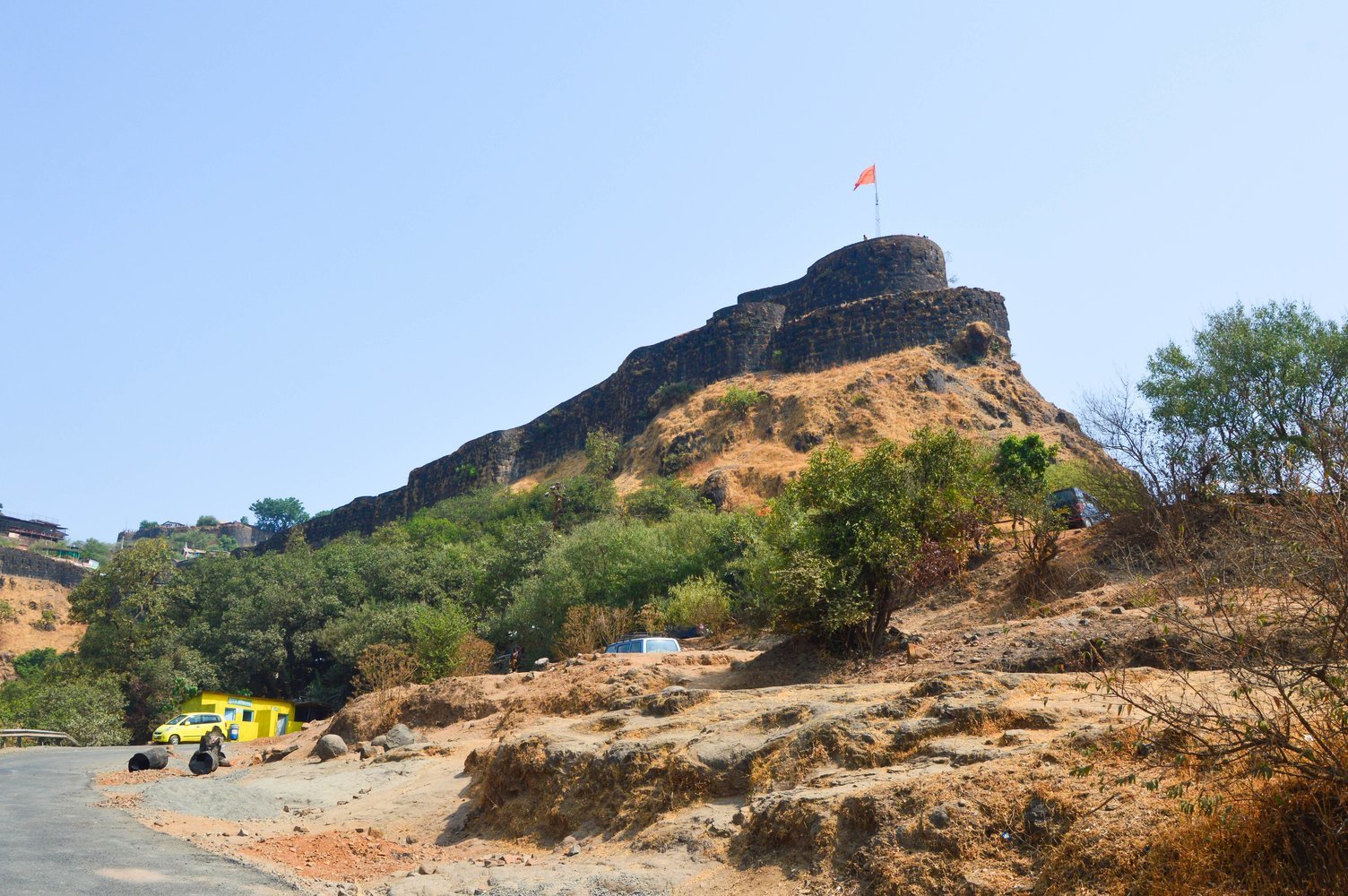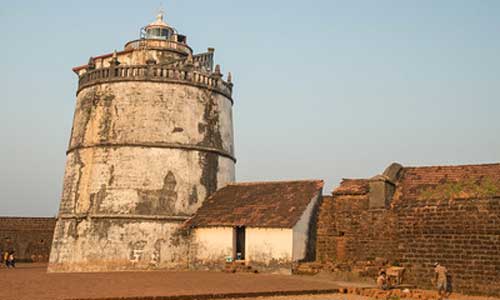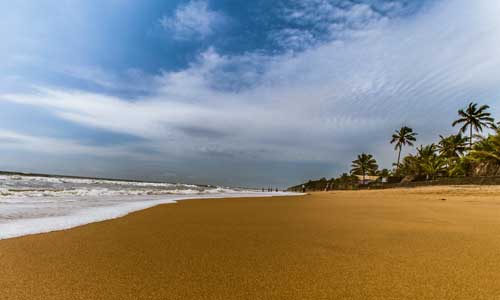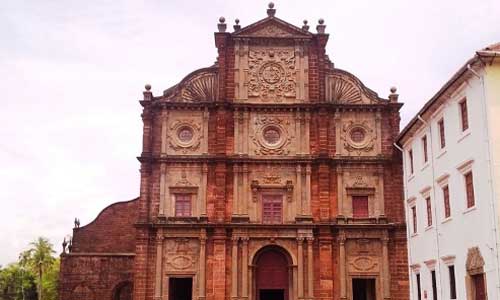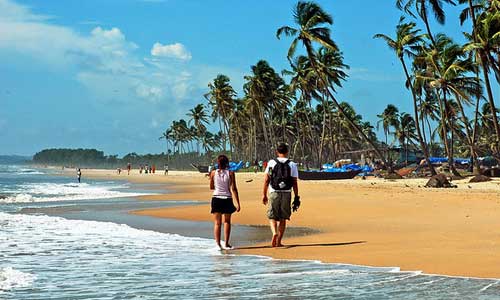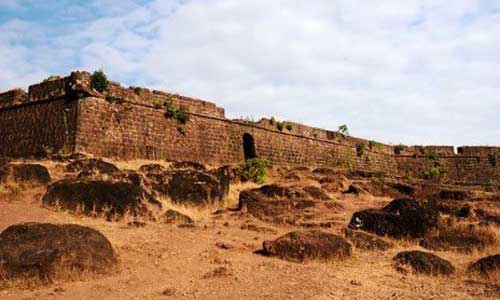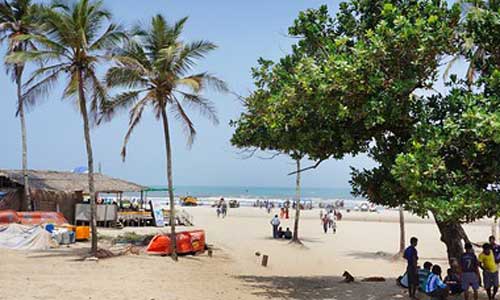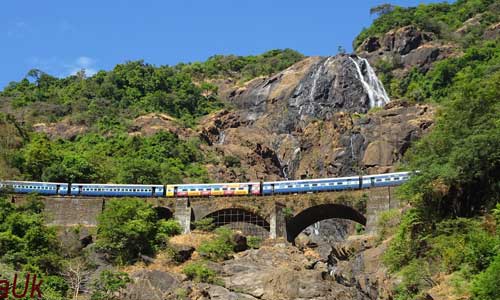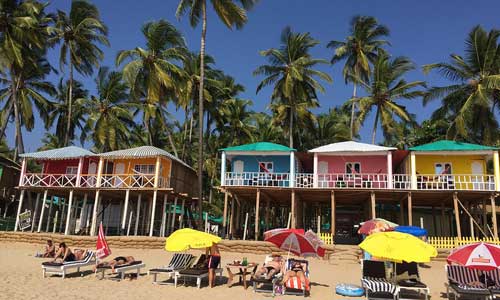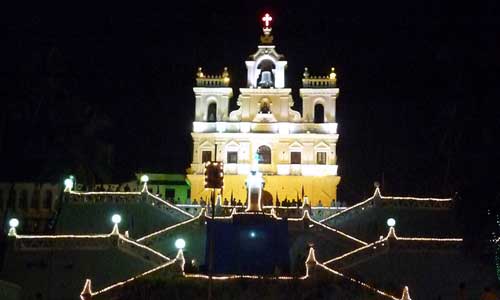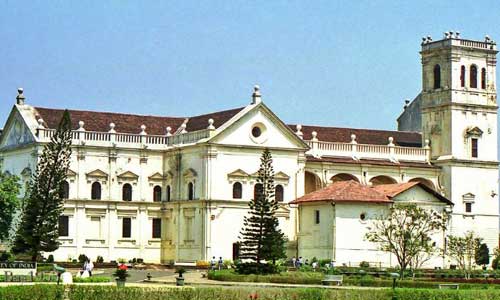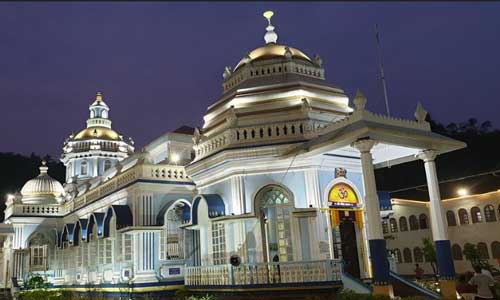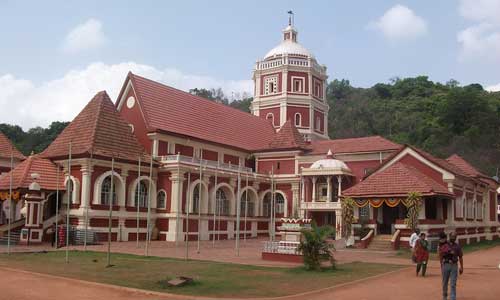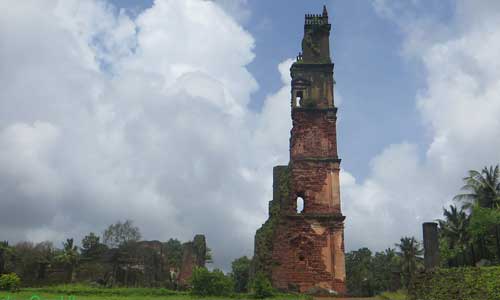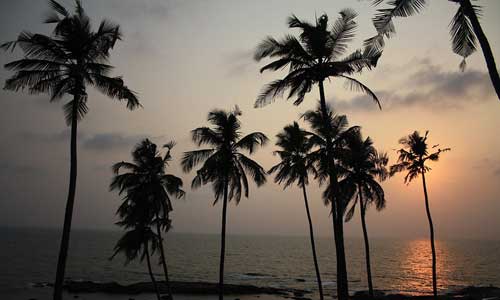Mahalaxmi Temple is one of the most attractive places among places to visit in Goa. A jewel of North Goa, this temple attracts a hoard of Hindu devotees. Settled in Bandora, a small village, the temple is usually earmarked by tourists when they visit Ponda as its only 4 km from here. At this temple, Devi Laxmi sits as the prime deity. The four arms of her idol hold four items, namely club, dagger, a vessel with flowers and sickle. Visitors can take a tour to find the sabha mandap that features a gallery comprising of Vishnu’s wooden images.
The Unique Experience
God believers must visit this magnificent temple whenever they come to Goa as it is an only abode of Goddess Laxmi where she is seen wearing a linga on her head. It's one of a kind idol that can only be found at this famous pilgrim centre. Also, its a must be seen by all those that seek to educate themselves about traditional temple architecture. Here, the architectural style adopted in Konkani and is spectacular. worth seeing. This place is very popular in Goa tour packages.
History
The arrival of the Portuguese at Goa saw the destruction of several temples. One among them was Shri Mahalaxmi Temple at Bandora. Originally, it was erected at Kolambe and was venerated by Kadamba Kings as well as Sinhara monarchs of Goa. After the temple was erased, the idol of Laxmi was sneaked out to Talaulim and then to Bandora. After that, in 1866, this temple was shaped.
More About the Place
Displaying Konkani architecture, the temple’s frontage bears an ornamental arch depicting two sculptures of Lord Shiva in addition to two elephants. One can see two deepasthambas once inside the arched facade. While one is built of black stone, the other bears the temple’s shade. Other highlights to be seen here are chandeliers hanging from the roof of the sabha mandap, and these are antique. Decorated with Hanuman, Garuda and Ganesh paintings, the walls look beautiful. Overall attractive wall decor with engraved stories of Puranas are to be found too.
What else?
The temple of Goa comes alive during Navratri and Mahalakshmi Pratishthapana Day along with Shivratri and Ram Navami. A procession is taken out on a chariot during Shivratri. Devotees carry this chariot on their shoulders.


